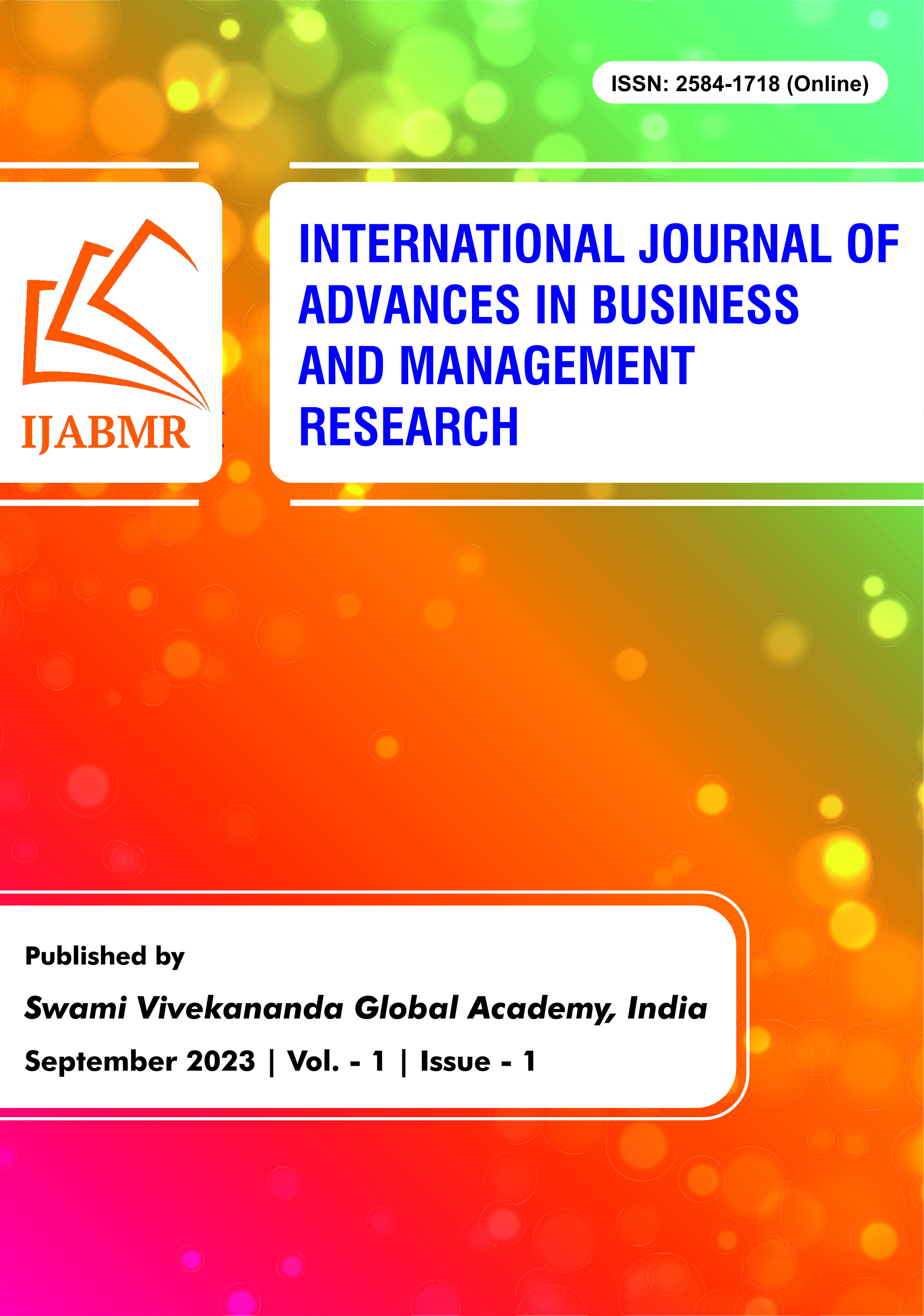Abstract
The Indian healthcare sector has gone through huge stress during the COVID-19 outbreak. The COVID-19 outbreak has shown that there is a huge need for a huge number of doctors, nurses, and paramedics, including beds in hospitals, during such a pandemic situation. Though the pandemic is slowly easing, the medical system in India still faces a lot of challenges. With a huge population, climatic conditions, and hygiene problems, India suffers from several vector-borne diseases like malaria, dengue, etc. As space is an issue in urban India and slums are prevalent in major cities, community-borne diseases transmit quickly, adding to the need for hospitalization. The number of hospitals in rural India is not as per requirement, and getting beds and proper healthcare services is a challenge. To add to all this, the cost of treatment is also high, though the central and state governments have several health insurance schemes for the benefit of the population. In this paper, 500 patients across 25 healthcare centers were questioned using a Likert scale to understand their satisfaction level with the prevalent medical system in India. Through factor analysis, the two important factors that played a major role in patient satisfaction (PS) were identified. Through a simple linear regression equation, two models were derived that would increase the PS. It may be noted that two parameters were analyzed in this paper, though there are several other factors that need to be investigated by other researchers.
References
- Donen N, White IW, Snidal L, Sanmartin CA. Canadian anaesthesia physician resource planning—is it possible?. Canadian journal of anaesthesia. 1995 Apr;42:348-57. https://doi.org/10.1007/BF03010714
- Roos NP. Physician resource planning: ways and means. CMAJ. 1997a Nov 1;157(9):1229-30.
- Roos NP, Mustard CA. Variation in health and health care use by socioeconomic status in Winnipeg, Canada: does the system work well? Yes and no. The Milbank Quarterly. 1997b Mar;75(1):89-111. https://doi.org/10.1111/1468-0009.00045
- Roos NP, Fransoo R, Bogdanovic B, Carriere KC, Frohlich N, Friesen D, Patton D, Wall R. Needs-based planning for generalist physicians. Medical Care. 1999a Jun 1:JS206-28.
- Roos LL, Traverse D, Turner D. Delivering prevention: the role of public programs in delivering care to high-risk populations. Medical care. 1999b Jun 1:JS264-78.
- O'Brien-Pallas LL. Health Human Resources: An Analysis of Forecasting Models: A Report Prepared for the Canadian Nurses Association and Health Canada. Canadian Nurses Association; 1998.
- Fried BJ. Physician resource planning in an era of uncertainty and change. CMAJ. 1997 Nov 1;157(9):1227-8.
- Sekscenski ES, Cultice JM, Politzer RM, Hardwick K, Traxler HG. Benchmarking the physician workforce. JAMA. 1997 Mar 26;277(12):965. https://doi.org/10.1001/jama.1997.03540360033023
- Goodman DC, Fisher ES, Bubolz TA, Mohr JE, Poage JF, Wennberg JE. Benchmarking the US physician workforce: an alternative to needs-based or demand-based planning. Jama. 1996 Dec 11;276(22):1811-7. https://doi.org/10.1001/jama.1996.03540220035027
- Buchan J, O'May F. Nursing supply and demand: reviewing the evidence. NT research. 1998 May;3(3):167-78. https://doi.org/10.1177/174498719800300303
- Grumbach K, Ash M, Seago JA, Spetz J, Coffman J. Measuring shortages of hospital nurses: How do you know a hospital with a nursing shortage when you see one?. Medical Care Research and Review. 2001 Dec;58(4):387-403. https://doi.org/10.1177/107755870105800401
- Zairi M. Building human resources capability in health care: a global analysis of best practice‐part I. Health Manpower Management. 1998 Jun 1;24(3):88-99. https://doi.org/10.1108/09552069810207033
- Jackson JL, Kroenke K. Patient satisfaction and quality of care. Military medicine. 1997 Apr 1;162(4):273-7. https://doi.org/10.1093/milmed/162.4.273
- Abu-Rumman A, Al Shraah A, Al-Madi F, Alfalah T. The impact of quality framework application on patients’ satisfaction. International Journal of Human Rights in Healthcare. 2022 Apr 13;15(2):151-65. https://doi.org/10.1108/IJHRH-01-2021-0006
- Harkey LC, Jung SM, Newton ER, Patterson A. Patient satisfaction with telehealth in rural settings: a systematic review. International journal of telerehabilitation. 2020;12(2):53. https://doi.org/10.5195%2Fijt.2020.6303
- Aashima, Nanda M, Sharma R. A review of patient satisfaction and experience with telemedicine: a virtual solution during and beyond COVID-19 pandemic. Telemedicine and e-Health. 2021 Dec 1;27(12):1325-31. https://doi.org/10.1089/tmj.2020.0570
- Bhattacharya S, Bhattacharya C. Sustainable human resource planning for hospitals in tier 2/3 cities: evidence from India. International Journal of Organizational Analysis. 2023 Jan 31;31(2):476-507. https://doi.org/10.1108/IJOA-07-2020-2289















